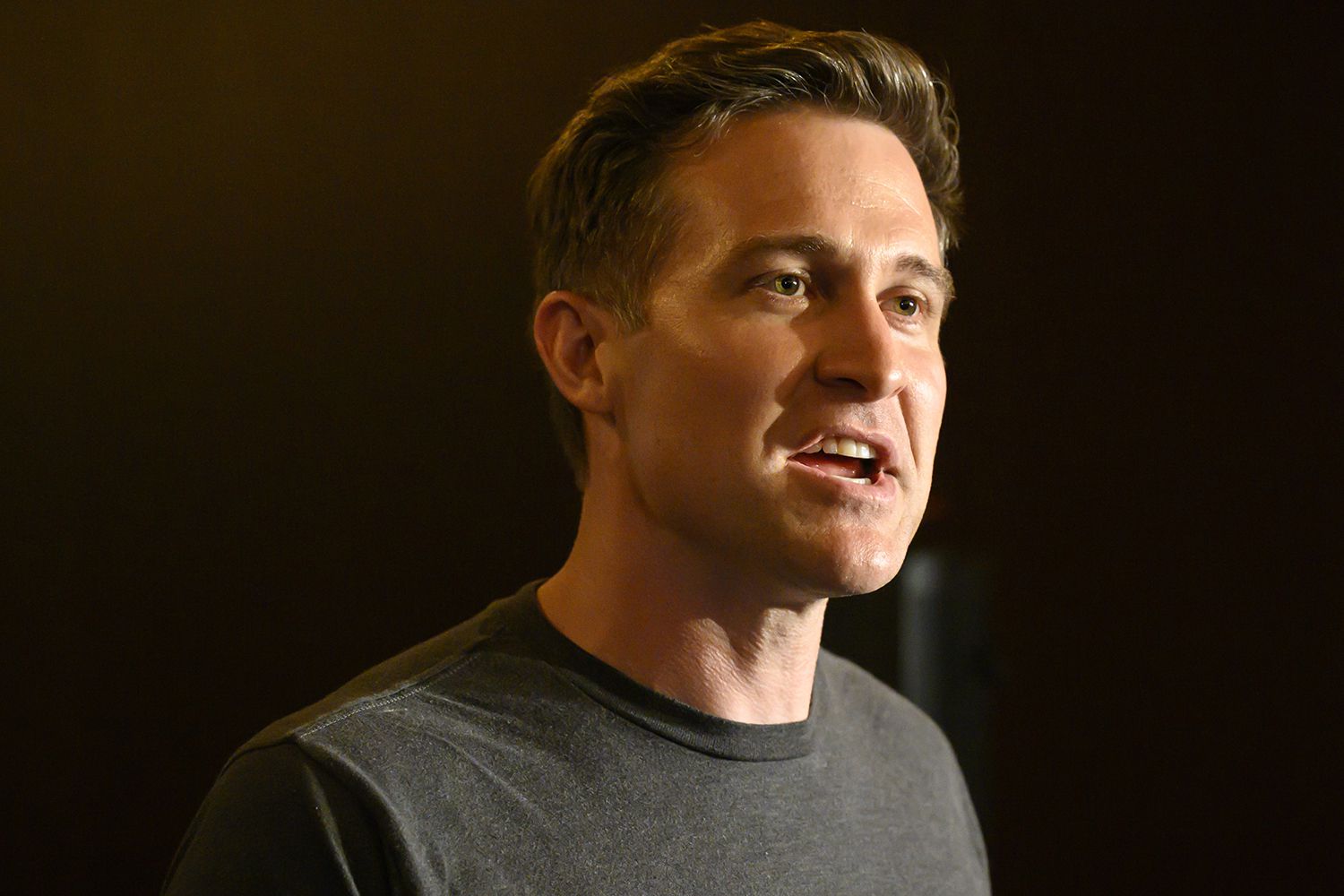
Bobble-Head Doll Syndrome is a rare neurological disorder that affects children, causing their heads to bob up and down or side to side, much like a bobble-head doll. This condition is often linked to cysts in the brain, particularly in the third ventricle. Symptoms can include headaches, vision problems, and difficulty walking. Early diagnosis and treatment are crucial for managing the condition effectively. Treatment options may involve surgery to remove or drain the cyst. Understanding the causes, symptoms, and treatments of Bobble-Head Doll Syndrome can help parents and caregivers provide better care for affected children.
What is Bobble-Head Doll Syndrome?
Bobble-Head Doll Syndrome (BHDS) is a rare neurological disorder characterized by a distinctive head-bobbing motion. This condition usually affects children and is often associated with cystic lesions in the brain. Here are some fascinating facts about this unusual syndrome.
-
BHDS was first described in medical literature in 1966 by Benton and colleagues.
-
The head-bobbing motion typically occurs at a frequency of 2-3 Hz, resembling the movement of a bobble-head doll.
-
Most cases of BHDS are linked to cysts in the third ventricle of the brain, which can obstruct cerebrospinal fluid flow.
-
The syndrome is often diagnosed in children between the ages of 3 and 10.
-
Symptoms can worsen when the child is excited or anxious, and may diminish when they are relaxed or asleep.
Causes and Diagnosis
Understanding the causes and how BHDS is diagnosed can help in managing the condition better. Here are some key points.
-
The primary cause of BHDS is the presence of a cystic lesion, often a colloid cyst, in the third ventricle.
-
Magnetic Resonance Imaging (MRI) is the most effective tool for diagnosing BHDS, as it can clearly show the cystic lesions.
-
In some cases, hydrocephalus, a condition where fluid accumulates in the brain, can also be a contributing factor.
-
Neurological exams and patient history are crucial for an accurate diagnosis.
-
Early diagnosis can significantly improve the outcome and quality of life for affected children.
Symptoms and Impact
The symptoms of BHDS extend beyond the characteristic head-bobbing. Here’s what you need to know.
-
Apart from head-bobbing, children may experience balance issues and difficulty walking.
-
Some children with BHDS may also have developmental delays or learning difficulties.
-
The head-bobbing motion can be socially stigmatizing, affecting the child's self-esteem and social interactions.
-
In severe cases, the syndrome can lead to increased intracranial pressure, which requires immediate medical attention.
-
Regular monitoring and follow-up are essential to manage the symptoms effectively.
Treatment Options
While BHDS is rare, there are treatment options available that can help manage the condition. Here are some of them.
-
Surgical removal of the cyst is often the most effective treatment for BHDS.
-
Endoscopic surgery is a minimally invasive option that can relieve symptoms by draining the cyst.
-
In some cases, shunt placement may be necessary to manage hydrocephalus.
-
Physical therapy can help improve balance and coordination in affected children.
-
Ongoing medical care and support are crucial for managing the long-term effects of BHDS.
Final Thoughts on Bobble-Head Doll Syndrome
Bobble-Head Doll Syndrome (BHDS) is a rare neurological disorder that affects children, causing a distinctive head-bobbing motion. Understanding the symptoms, causes, and treatments is crucial for early diagnosis and effective management. BHDS often results from cysts or lesions in the brain, particularly around the third ventricle. Treatment usually involves surgical intervention to remove or drain these cysts, which can significantly improve symptoms.
Awareness and education about BHDS can lead to better outcomes for affected children. Parents, caregivers, and medical professionals should stay informed about the latest research and treatment options. Early intervention can make a world of difference, helping kids lead healthier, more fulfilling lives. Remember, while BHDS is rare, knowledge and prompt action are key to managing this condition effectively. Stay informed, stay proactive, and support those affected by BHDS.
Was this page helpful?
Our commitment to delivering trustworthy and engaging content is at the heart of what we do. Each fact on our site is contributed by real users like you, bringing a wealth of diverse insights and information. To ensure the highest standards of accuracy and reliability, our dedicated editors meticulously review each submission. This process guarantees that the facts we share are not only fascinating but also credible. Trust in our commitment to quality and authenticity as you explore and learn with us.


